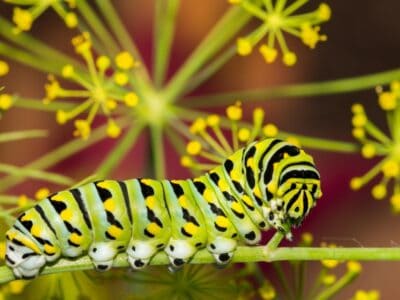Below you can find a complete list of Fijian animals. We currently track 119 animals in Fiji and are adding more every day!
The Fiji Islands are as close as an island oasis as it gets. Swaying hammocks, coconut trees, vibrant culture, and fascinating villages and people. Fiji rests in the South Pacific. Over 330 islands make up Fiji. On its borders are New Caledonia, Vanuatu, Tonga, Samoa, and New Zealand.
Fiji hosts many of the world’s most preserved rainforests. And, of course, there are the jungle and wild animals that start where the bright beaches end. There are over 160 species of unique animals. Many of those are specific to Fiji and found nowhere else in the world.
The Official National Animal of Fiji
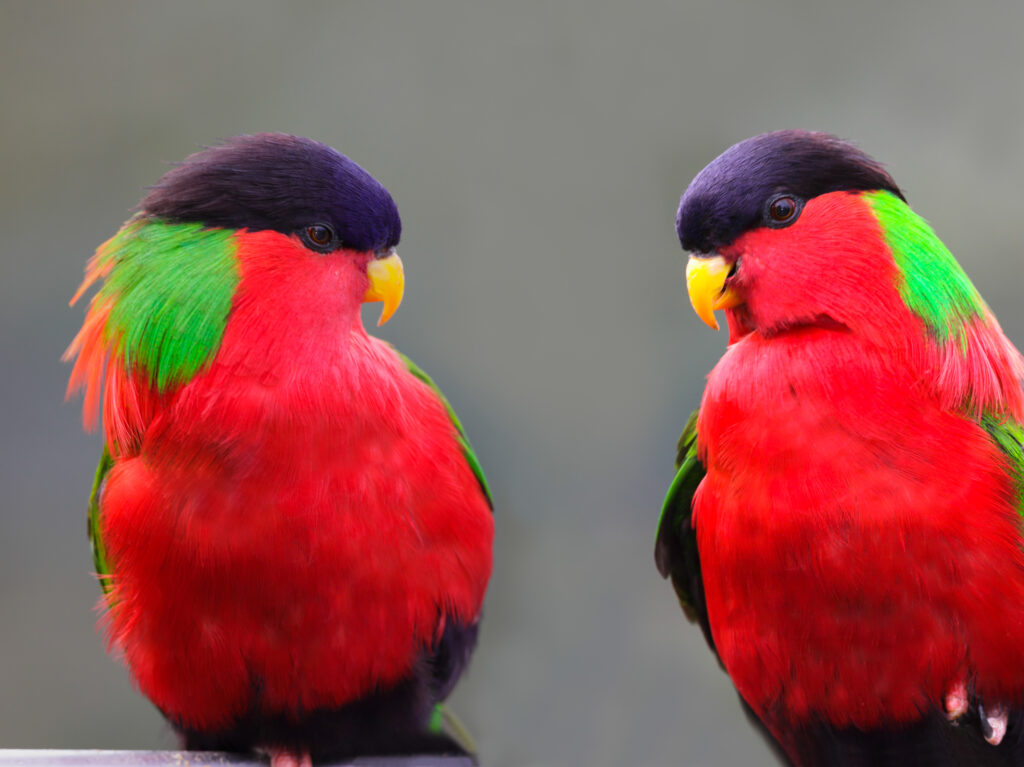
The collared Lory is the national bird of Fiji
©arak7/Shutterstock.com
Fiji’s national animal is the Collared Lory. This is a beautifully colored parrot that’s endemic to the islands of Fiji.
The national animals are easily recognized by their brilliant reds, lime greens, purples, orange-yellow bill, dim purple crown, and (wait for it!) pink-orange feet.
Spotted on rare occasions in cultivated fields, the exotic bird prefers tropical or subtropical moist wooded lowland areas. The Collared Lory usually makes its home in deeply forested Fiji regions, surrounded by flowering trees. But bird watchers will also find them flying over gardens with coconut palms or see them on plantations and the tree-lined streets of Suava.
In the coconut palms, you’ll spot the Collared Lory performing fluttering hops, alighting out of the fronds to descend through the stalks. These are energized wild animals, always moving, flying branch to branch or flower to flower. Its rapid wingbeats fill the air with a whirring noise.
The bird feeds on fruits, seeds, blossoms, nectar, and caterpillars. The animals eat upside down.
Where to Find the Top Wild Animals in Fiji

You might get a chance to see the Fiji Iguana at one of the many wildlife parks and nature trails in Fiji.
©Don Mammoser/Shutterstock.com
Fiji is a beautiful tropical island located in the South Pacific Ocean. It’s home to many unique species of animals, and there are plenty of opportunities for nature lovers to get up close and personal with them.
The most popular places to watch wildlife or see wild animals in Fiji include Kula Eco Park, Colo-i-Suva Forest Reserve, Vatuvara Private Islands, Bouma National Heritage Park, Taveuni Island Nature Trail, Kadavu Island Marine Reserve, and Koroyanitu National Heritage Park.
All these locations offer amazing experiences where visitors can observe some of Fiji’s native flora and fauna, as well as exotic birds like parrots or hornbills. Visitors should also make sure to take part in activities such as kayaking through mangrove forests or diving along coral reefs, which are great ways to spot wildlife without disturbing their natural habitats!
Fiji boasts a broad range of unique animals out there in the wild. Here are some of the wildlife you can expect to come across on the Fiji Islands.
- Turtles – There are five species of turtles to enjoy here. You can find them almost anywhere but especially if you take a tour.
- Fijian Monkey-Faced Flying Fox – One of the many unique animals you’ll find on the islands, this animal is on the list of potentially extinct animals. The only spot where you’ll find the Fijian Monkey-Faced Flying Fox is in the mountains of Taveuni Island.
- Mongoose – You can find various types of land animals along the coasts of Fiji, including the mongoose, wildlife introduced to the islands to manage the rodent population.
- Bolo Snake – You’ll find the bolo snake on Viti Levu Island. But don’t get too close. These exotic reptiles are dangerous animals.
- Woodswallow – Cut out the Lau and Kadavu Islands, and you’ll find the wood swallow almost anywhere in Fiji. Bird lovers get a real kick out of these beautiful animals.
The Most Dangerous Animals in Fiji Today

The
box jellyfish
is one of the most dangerous animals in Fiji.
©Nuttawut Uttamaharad/Shutterstock.com
Fiji is home to a variety of fascinating creatures, all unique in their own way. However, some of these animals are more dangerous than others. The islands boast a wide array of predators and venomous creatures that could cause harm if encountered.
Among the most dangerous animals in Fiji include crocodiles, sharks, sea snakes, stonefish, jellyfish, and cone snails – all capable of delivering painful stings or bites that can be fatal. While they may not always be visible due to their nature as aquatic species or nocturnal hunters, it’s important to keep an eye out for them when exploring the waters around Fiji and take necessary precautions, such as wearing protective gear when swimming or boating in areas known for having high populations of these creatures.
It’s often amazing to think how some animals can be flat-out dangerous. The haven of beauty that is the Fiji Islands is no different. Among its many wonders are threats you want to keep away from.
- Banded Sea Krait: Noted for its black and white banded skin, the sea krait lives in the waters of Fiju’s lagoons and shores. They’re not aggressive but will bite if provoked. They have a wide bite and venom 20 times more powerful than other land snakes.
- Lionfish: Along with the Scorpionfish and stonefish, the lionfish has a venom that you want nothing to do with. They inject their poison with dorsal, pointy spikes on their backs. The spikes look frail but easily pierce wetsuits, gloves, and booties. They’re docile but steer clear of them.
- Saltwater Crocodile: Fijians consider the saltwater crocs the most dangerous animals on the islands. They are extremely aggressive and ready to make you extinct.
- Box Jellyfish: The box jellyfish takes its 10 feet long tentacles and uses them to detonate up to a half-million explosive cells on your skin. These cells erupt like darts, injecting a potent cocktail that attacks the heart and nervous system.
5 Largest Animals in Fiji
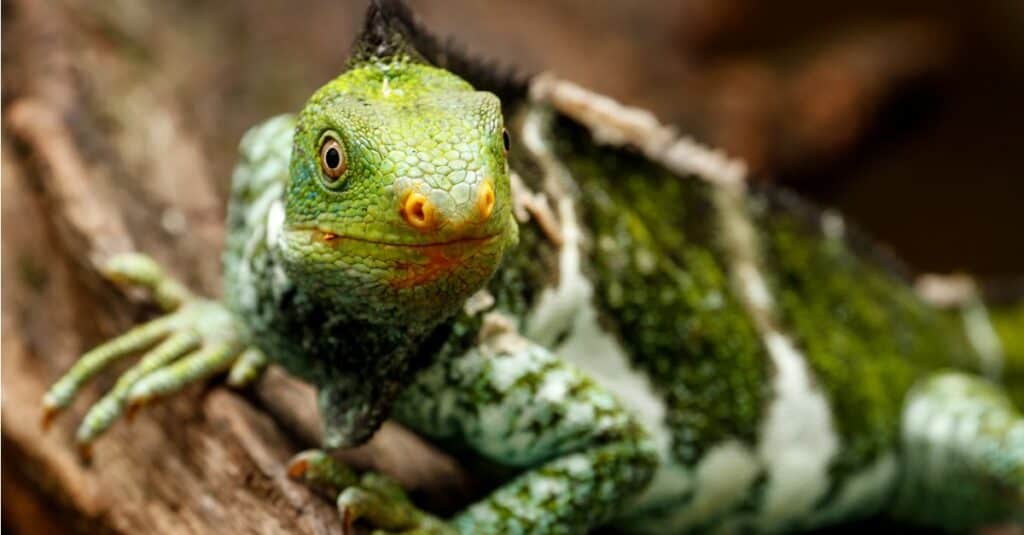
The Fiji crested iguana is one of the larger animals found there.
©iStock.com/Donyanedomam
The largest animals in Fiji are the Fijian crested iguana, the Fiji banded iguana, the Fijian palm civet, the sperm whale, and the saltwater crocodile. The Fijian crested iguana is a critically endangered species of lizard found only on two islands in the Yasawa Group of Islands. It can grow up to 12 inches long and lives among rocky areas and forest margins.
The Fiji banded iguana is also native to these same islands, but it is much smaller at 6-8 inches long. This species prefers living in coastal vegetation near sandy beaches or grassy fields with plenty of rocks to hide under during hot days.
Additionally, there’s the Fijian palm civet which inhabits dry forests throughout all of Fiji’s main islands as well as some offshore island groups like Lau Group and Kadavu Island group. It grows up to 24 inches long and feeds mainly on fruit that falls from trees or eggs taken from ground nests.
Fiji’s stunning marine life and tropical landscapes are home to two remarkable creatures: the giant sperm whale (Physeter macrocephalus) and the saltwater crocodile. Growing up to 60 ft (18 m) and weighing 45 tons, sperm whales possess an extraordinary ability to dive into great depths. Their powerful jaws and formidable teeth make them formidable predators. Encountering them is a once-in-a-lifetime experience, while their gracefulness and haunting songs instill a profound appreciation for marine ecosystems. Saltwater crocodiles, another remarkable creature, thrive in Fiji’s coastal waters and contribute to the nation’s rich biodiversity.
The 3 Rarest Animals in Fiji
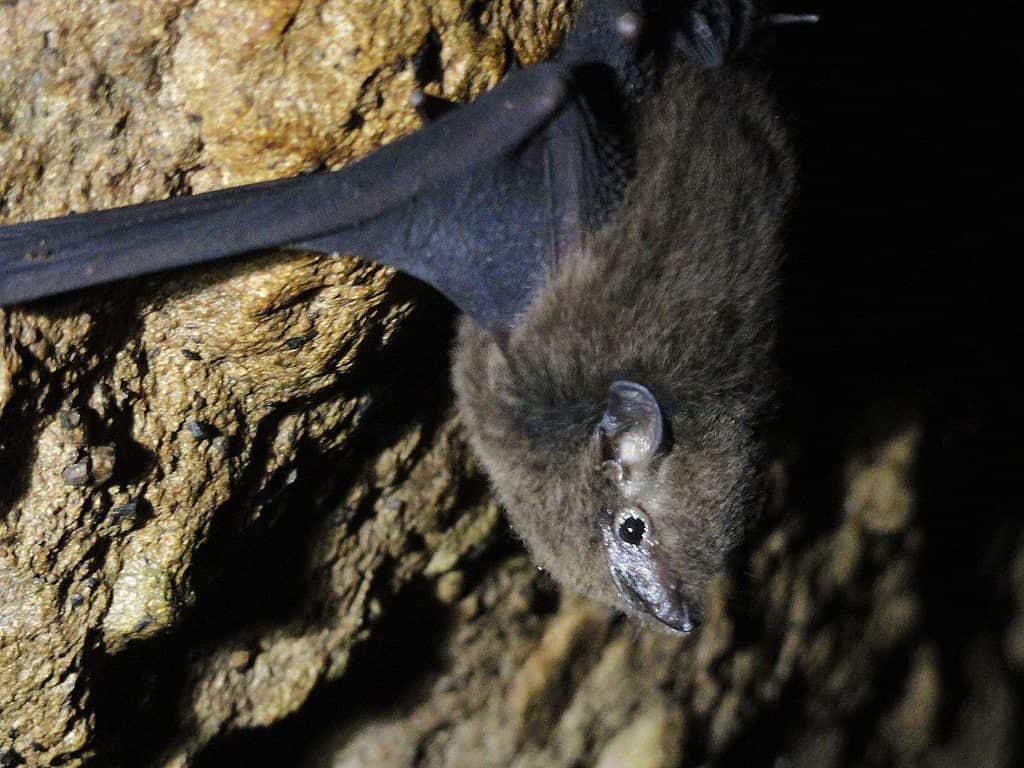
The Pacific flying fox is a rare animal to spot in Fiji.
©USFWS – Pacific Region / CC BY 2.0 – License
The first rare animal in Fiji is the Fijian Ground Frog. This species of frog can only be found in a few areas on the island and has been listed as ‘Near Threatened’ by IUCN Red List due to loss of habitat. It inhabits lowland forest areas, most commonly near streams or other damp habitats. It is a nocturnal amphibian that typically emerges at night to feed on small invertebrates such as insects, spiders, snails, and worms.
The second rare animal in Fiji is the Banded Iguana (Brachylophus fasciatus). This species of lizard lives mainly on coastal rocky outcrops and islands close to shorelines across Fiji’s northern region. They are mostly active during daylight hours, where they forage for food among vegetation such as leaves, flowers, and fruits but also eat smaller invertebrates such as snails, ants, and moths.
Lastly, we have the Pacific Flying Fox (Pteropus tonganus). This species of large bat can be found throughout much of the South Pacific, including parts of Fiji, where it roosts communally in large colonies located within forests, or mangrove tree stands near water sources. They are primarily fruit-eating animals that rely heavily on their sense of smell when locating ripe fruit trees that may serve as important food resources for them throughout different times of the year.
Endangered Animals in Fiji

You can see humpback whales swimming off the coast of Fiji.
©iStock.com/inusuke
The reasons why animals are becoming endangered in Fiji are multi-faceted. Some of the main threats to their populations include habitat destruction caused by deforestation and urbanization, overhunting for bushmeat, pollution from human activities, and competition with invasive species. In addition to these direct threats, climate change is having a profound effect on the environment of Fiji’s wildlife. It is exacerbating existing problems as well as creating new ones.
Humans can help preserve endangered animal populations in Fiji by taking steps such as protecting remaining natural habitats from destruction or development, reducing hunting pressure through education and enforcement measures, implementing laws that limit pollution from industry or agriculture, controlling non-native species invasions with proper management practices (e.g., fencing off certain areas), and addressing the causes of climate change through emissions reductions initiatives.
Fiji is home to a range of dangerous animals, unspoiled animals, and unique animals. But the islands also host a range of endangered animals. The possibility of these animals one day being extinct is unfortunate. Here’s a list of species of endangered animals in the Fiji Islands.
- Pacific sheath-tail bat
- Fijian flying fox
- Humpback whale
- Hawksbill turtle
- Iguanas
- Geckos
- Kadavu parrot
- Red-throated lorikeet
- Bumphead parrotfish
- Humphead wrasse
Fijian Animals

Ant
First evolved 100 million years ago!

Barn Owl
Found everywhere around the world!

Bat
Detects prey using echolocation!

Bed Bugs
Bed bugs feed for 4-12 minutes.

Bee
Rock paintings of bees date back 15,000 years

Beetle
There are more than 350,000 different species

Bird
Not all birds are able to fly!

Biscuit Beetle
The biscuit beetle form a symbiotic relationship with yeast

Black Widow Spider
They typically prey on insects!

Budgerigar
Natively found in Australia!

Butterfly
There are thought to be up 17,500 species!

Camel Cricket
The camel crickets that are found in the USA are light brown in color. They also have dark streaks all over their body.

Cat
May have been domesticated up to 10,000 years ago.

Caterpillar
The larvae of a moth or butterfly!

Catfish
There are nearly 3,000 different species!

Centipede
There are about 3,000 documented species!

Chicken
First domesticated more than 10,000 years ago!

Cockroach
Dated to be around 300 million years old!

Coconut Crab
The largest terrestrial arthropod in the world

Codling Moth
Pupae are able to undergo diapause to survive poor fruit yield years and winter.

Common House Spider
House spiders have the ability to eat most insects in a home.

Cormorant
They can fly 35 mph and dive 150 feet below water.

Cow
There are nearly 1.5 billion worldwide!

Crab
There are 93 different crab groups

Crab Spider
Crab Spiders can mimic ants or bird droppings

Crane
Many are critically endangered species!
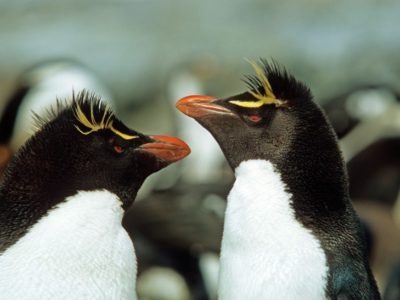
Crested Penguin
Has long yellow eyebrows!

Cricket
Male crickets can produce sounds by rubbing their wings together

Crocodile
Have changed little in 200 million years!

Dog
First domesticated in South-East Asia!

Donkey
First domesticated 5,000 years ago!

Dragonfly
It's larvae are carnivorous!

Duck
Rows of tiny plates line their teeth!

Dung Beetle
The dung beetle can push objects many times its own weight

Earthworm
They are hermaphrodites, which means they have male and female organs

Earwig
There are nearly 2,000 different species!

Eel
Eels can be a mere few inches long to 13 feet!
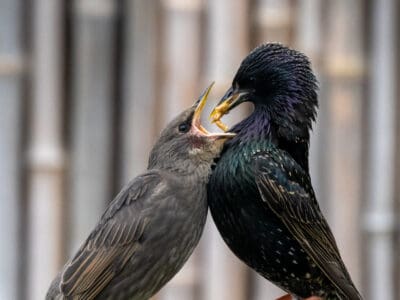
European Starling
European starlings are accomplished mimics, often copying songs or sounds of other birds and animals (frog calls, goats, cats), or even mechanical sounds and human speech!

Firefly
The firefly produces some of the most efficient light in the world

Flea
Adult fleas can jump up to 7 inches in the air

Fly
There are more than 240,000 different species!

Frog
There are around 7,000 different species!

Fruit Fly
Fruit flies are among the most common research animals in the world

Gecko
There are thought to be over 2,000 species!

Giant Trevally
The largest fish in its genus

Glowworm
Found inhabiting dense woodland and caves!

Gnat
Males form large mating swarms at dusk

Grasshopper
There are 11,000 known species!

Hamster
Able to run as quickly backwards as forwards!

Hare
Can reach speeds of over 50 mph!

Hawk Moth Caterpillar
Many hawk moth caterpillars eat toxins from plants, but don’t sequester them the way milkweed butterflies do. Most toxins are excreted.

Heron
Inhabits wetlands around the world!

Highland Cattle
Natively found in the Scottish Highlands!

Honey Bee
There are only 8 recognized species!
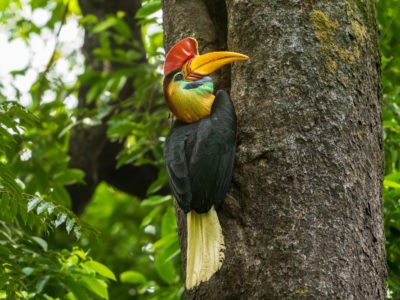
Hornbill
The bird has a massive horn on its bill!

Horse
Has evolved over 50 million years!

Horsefly
Horseflies have been seen performing Immelmann turns, much like fighter jets.

Housefly
The fly has no teeth

Human
Thought to have orignated 200,000 years ago!

Ibis
Found in swamps, marshes and wetlands!

Insects
There are an estimated 30 million species!

Ladybug
There are more than 5,000 species worldwide!

Leech
Has 10 pairs of eyes!

Lizard
There are around 5,000 different species!

Magpie
They are found across Europe, Asia and Africa!
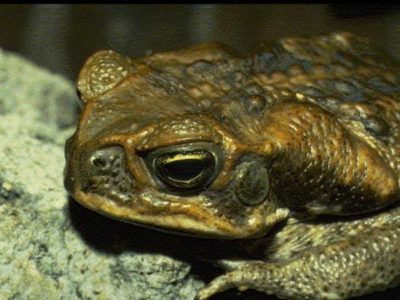
Marine Toad
Produces a toxin used in arrow darts!

Mayfly
There are 2,500 known species worldwide!

Mealybug
They have a symbiotic relationship with ants.

Meiolania
The Meiolania had a massive head that it was unable to put fully inside its shell.

Millipede
Some species have a poisonous bite!

Mongrel
Has characteristics of two or more breeds!

Monitor Lizard
Some species are thought to carry a weak venom!

Monkey
There are around 260 known species!

Moorhen
Feeds on aquatic insects and water-spiders!

Moth
There are 250,000 different species!

Mouse
Found on every continent on Earth!

Nematode
Nematodes range in size from 1/10 of an inch to 28 feet long

Orb Weaver
Females are about four times the size of males

Otter
There are 13 different species worldwide

Owl
The owl can rotate its head some 270 degrees

Parrot
Can live for up to 100 years!

Pheasant
Females lay between 8 and 12 eggs per clutch!

Pompano Fish
They are bottom-feeders

Possum
There are 69 species on the Australian continent!

Quail
Inhabits woodland and forest areas worldwide!

Rat
Omnivores that eat anything!

River Turtle
Inhabits freshwater habitats around the world!

Robin
There are more than 45 species in Australia alone!

Rodents
The capybara, the world’s largest rodent, likes to be in and around bodies of water. Because of this, the Catholic Church in South America decided that it was a fish, and people were allowed to eat it during Lent and First Fridays.

Rooster
Will mate with the entire flock!

Sand Crab
The sand crab burrows beneath the sand with its tail

Scorpion
There are around 2,000 known species!
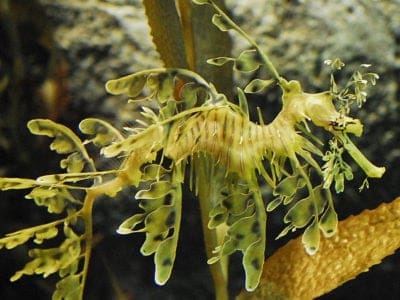
Sea Dragon
Inhabits tropical coastal waters of Australia!

Sea Eagle
The sea eagle tends to mate for life with a single partner

Seahorse
Males give birth to up to 1,000 offspring!

Sheep
Around 35 million in the English countryside!

Shrimp
There are 2,000 different species worldwide!

Smokybrown Cockroach
Has up to 45 eggs per egg case

Snail
There are nearly 1,000 different species!

Snake
There are around 4,000 known species worldwide

Sparrow
There are 140 different species!

Spotted Garden Eel
Males battle each other over females and territory

Stick Insect
There are more than 3,000 different species!
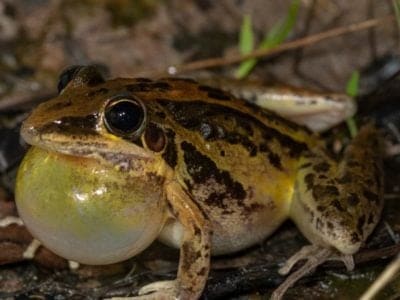
Striped Rocket Frog
Long powerful hind legs!

Swan
Populations have been affected by pollution!

Tarantula Hawk
Tarantula hawks are excellent pollinators, especially for milkweed.

Termite
Their mounds can be up to 9 meters tall!

Tiger Beetle
The adult tiger beetle is one of the fastest land insects in the world

Tortoise
Can live until they are more than 150 years old!

Tree Cricket
They make music with their wings

Turtles
Some species of aquatic turtles can get up to 70 percent of their oxygen through their butt.

Wasp
There are around 75,000 recognised species!

Water Buffalo
Has been domesticated for thousands of years!
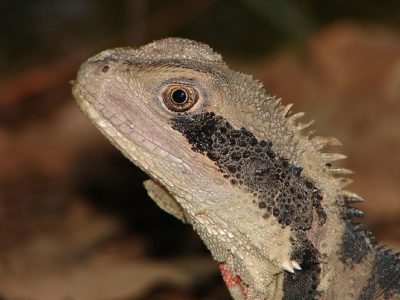
Water Dragon
Spends most of it's time in the trees!

Wolf Spider
Carnivorous arachnid that hunts its prey.

Woodlouse
This animal can roll up into a ball
Fijian Animals List
- Ant
- Barn Owl
- Bat
- Bed Bugs
- Bee
- Beetle
- Bird
- Biscuit Beetle
- Black Widow Spider
- Budgerigar
- Butterfly
- Camel Cricket
- Cat
- Caterpillar
- Catfish
- Centipede
- Chicken
- Cockroach
- Coconut Crab
- Codling Moth
- Common House Spider
- Cormorant
- Cow
- Crab
- Crab Spider
- Crane
- Crested Penguin
- Cricket
- Crocodile
- Cuckoo
- Dog
- Donkey
- Dragonfly
- Duck
- Dung Beetle
- Earthworm
- Earwig
- Eel
- European Starling
- Firefly
- Flea
- Fly
- Frog
- Fruit Fly
- Gecko
- Giant Trevally
- Glowworm
- Gnat
- Grasshopper
- Hamster
- Hare
- Hawk Moth Caterpillar
- Heron
- Highland Cattle
- Honey Bee
- Hornbill
- Horse
- Horsefly
- Housefly
- Human
- Ibis
- Insects
- Ladybug
- Leech
- Lizard
- Magpie
- Marine Toad
- Mayfly
- Mealybug
- Meiolania
- Millipede
- Mongrel
- Monitor Lizard
- Monkey
- Moorhen
- Moth
- Mouse
- Nematode
- Orb Weaver
- Otter
- Owl
- Parrot
- Pheasant
- Pompano Fish
- Possum
- Quail
- Rat
- River Turtle
- Robin
- Rodents
- Rooster
- Sand Crab
- Scorpion
- Sea Dragon
- Sea Eagle
- Seahorse
- Sheep
- Shrimp
- Smokybrown Cockroach
- Snail
- Snake
- Sparrow
- Spotted Garden Eel
- Stick Insect
- Striped Rocket Frog
- Swallowtail Butterfly
- Swallowtail Caterpillar
- Swan
- Tarantula Hawk
- Termite
- Tiger Beetle
- Tortoise
- Tree Cricket
- Turtles
- Wasp
- Water Buffalo
- Water Dragon
- Wolf Spider
- Woodlouse
Animals in Fiji FAQs (Frequently Asked Questions)
What kind of animals live in Fiji?
Fiji’s flora includes mangroves, hardwood trees, bamboo, and palm trees. That makes the islands perfect for mammals like skinks and bats. You’ll find reptiles like iguanas, a variety of snakes, lizards, and fish. There are over 160 species of bird. You can also find Bar owls, ants, dogs, magpies, stick insects, and much more.
What dangerous animals live in Fiji?
A wide variety of dangerous animals live in Fiji’s waters. There’s the yellow-lipped sea krait, the blue-ringed octopus, a variety of jellyfish, and the cane toad. On land, you can find the saltwater crocodile.
Are there bears in Fiji?
The Bula brown bear inhabits the Ovalau Island. They have been slowly growing in population since the turn of the 21st century.
Does Fiji have snakes?
Yes, there are plenty of snakes, both marine and terrestrial, in Fiji. The bolo snake is endemic to Fiji. There’s also the Pacific boa, a constrictor. You’ll find most snakes living in the waters.
How many fish are in Fiji?
With over 330 islands, there’s a lot of water in the region. That probably makes fish the prevalent lifeform here. In fact, outside of humans, the islands contain few mammals.
What animals are unique to the Fiji Islands?
There are a variety of exotic animals in Fiji. You have the orange fruit dove, the Fiji Crested Iguana, the Pink-billed Parrotfinch, and the Rotuma Forst Gecko.
What animals live in the coral reef in Fiji?
The wildlife in the coral reefs includes butterfly fish, angelfish, the Napoleon wrasseacks, treallies, parrotfish, damselfish, surgeonfish, sweetlips, and stingrays. There are only a few species of mammals.





